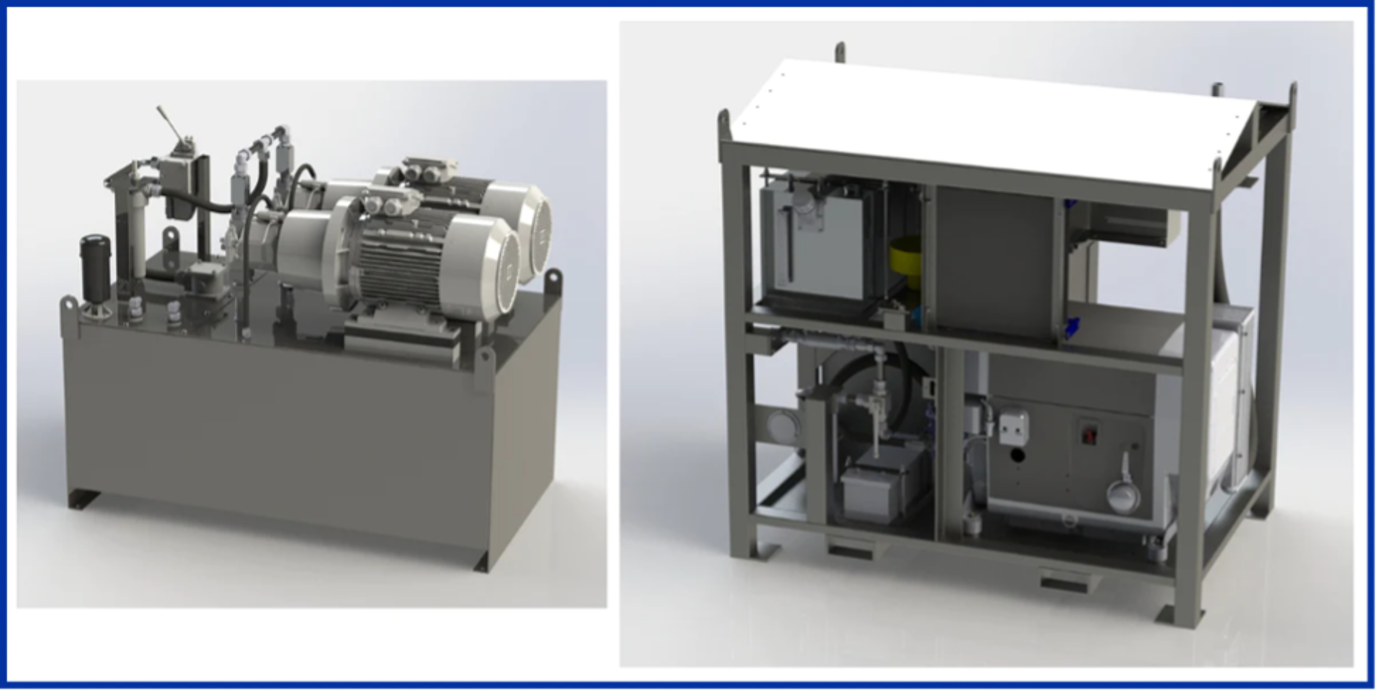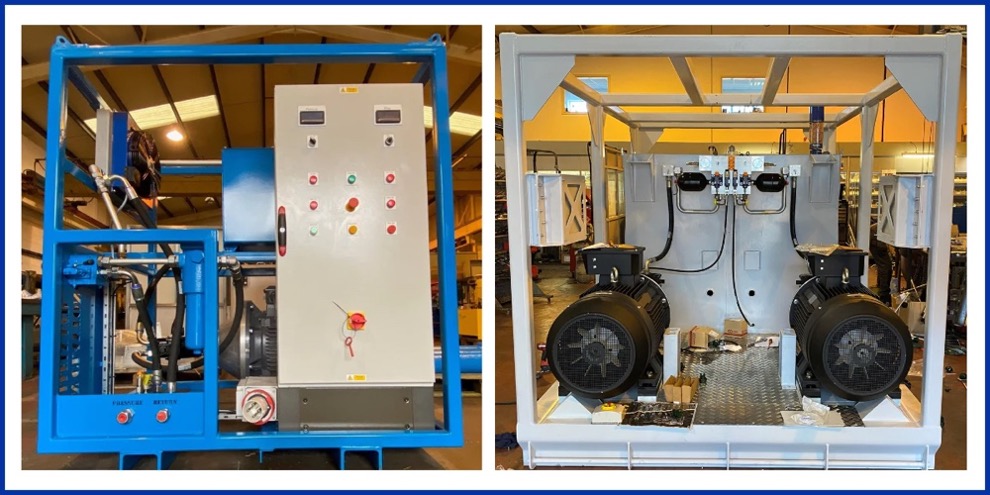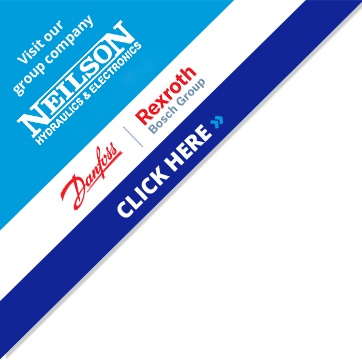Top 10 Tips for Keeping Your Hydraulic & Power Packs System Running Smoothly
Hydraulic systems are the lifeblood of many industrial applications, providing the power needed to move heavy machinery, operate equipment, and perform a myriad of tasks efficiently. However, to ensure the longevity and optimal performance of hydraulic systems, proactive maintenance is essential. Below are top 10 maintenance tips that can help keep your hydraulic system running smoothly, prevent downtime, and extend the lifespan of critical components.

Regular Fluid Checks and Replacements
Monitor Fluid Levels and Quality
Regularly checking hydraulic fluid levels is a fundamental yet often overlooked aspect of hydraulic system maintenance. Low fluid levels can lead to cavitation and inadequate lubrication, causing wear and damage to components. Additionally, monitor the fluid quality for signs of contamination, oxidation, or water ingress. Use clear sight glasses and regularly sample the fluid to assess its condition.
Schedule Routine Fluid Replacements
Hydraulic fluids degrade over time due to temperature fluctuations, contamination, and mechanical stress. Establish a routine fluid replacement schedule based on the manufacturer's recommendations and the specific operating conditions of your hydraulic system. Fresh, clean fluid ensures proper lubrication, reduces wear, and enhances overall system efficiency.
Proactive Filtration Management
Install High-Quality Filters
Invest in high-quality filters and regularly inspect and replace them as needed. Filters play a critical role in trapping contaminants that can cause damage to hydraulic components. Ensure that the filters are compatible with the fluid type and have the appropriate micron rating for effective filtration.
Monitor Pressure Drop Across Filters
A significant increase in pressure drop across filters may indicate clogging and reduced flow. Regularly monitor pressure differentials and replace filters when pressure drops exceed recommended levels. This proactive approach prevents contaminants from circulating within the system and causing damage.
Seal Inspection and Replacement
Check Seals for Leaks
Hydraulic systems rely on seals to prevent fluid leakage. Inspect seals regularly for signs of wear, damage, or leaks. Address any issues promptly to avoid fluid loss and contamination. Leaking seals can lead to decreased system efficiency and increased maintenance costs.
Replace Seals During Overhauls
During planned maintenance overhauls, consider replacing seals as part of a preventive maintenance strategy. Even if seals appear functional, replacing them at regular intervals can prevent unexpected failures and extend the life of hydraulic components.
Temperature Control
Monitor System Temperatures
Excessive heat is a common culprit behind hydraulic system failures. Regularly monitor system temperatures using temperature gauges or infrared thermography. Overheating can lead to fluid degradation, reduced efficiency, and damage to components. Implement cooling solutions, such as heat exchangers or coolers, if necessary.
Use the Right Fluid for Operating Temperatures
Choose hydraulic fluids with the appropriate viscosity for the operating temperatures of your system. In cold environments, fluids with low-temperature ratings prevent sluggish operation, while high-temperature fluids provide stability and protection in hot conditions. Adhering to recommended fluid specifications ensures optimal system performance across a range of temperatures.
Component Inspection and Lubrication
Regularly Inspect Hydraulic Components
Perform routine visual inspections of hydraulic components, including pumps, valves, and cylinders. Look for signs of leaks, corrosion, or damage. Address any issues promptly to prevent them from escalating into more significant problems. Regular inspections also provide an opportunity to identify and replace worn components before they fail.
Implement a Lubrication Schedule
Lubrication is crucial for reducing friction, preventing wear, and ensuring smooth operation of hydraulic components. Establish a lubrication schedule based on manufacturer recommendations and operating conditions. Use the appropriate lubricants for each component and apply them consistently to extend the life of critical parts.
Education and Training
Train Operators and Maintenance Personnel
Effective maintenance begins with knowledgeable personnel. Provide comprehensive training for operators and maintenance staff on the proper use, care, and maintenance of hydraulic systems. Well-informed personnel are more likely to detect issues early, follow proper procedures, and contribute to the overall reliability of the hydraulic system.
Document Maintenance Procedures
Create and maintain detailed documentation outlining proper maintenance procedures for your specific hydraulic system. Include information on fluid specifications, recommended service intervals, and step-by-step instructions for inspections and replacements. This documentation serves as a valuable reference for personnel and aids in consistency across maintenance activities.
Implement a Condition Monitoring Program
Use Condition Monitoring Technologies
Condition monitoring technologies, such as vibration analysis, oil analysis, and thermography, provide real-time insights into the health of hydraulic systems. Implementing a condition monitoring program allows for early detection of potential issues, enabling proactive maintenance and minimizing unplanned downtime.
Set Up Remote Monitoring Systems
Incorporate remote monitoring systems that allow real-time tracking of system parameters and performance. Remote monitoring provides instant notifications of abnormalities, enabling timely intervention and reducing the need for on-site inspections. This proactive approach enhances overall system reliability.
Prevent Contamination
Practice Cleanliness in System Handling
Contamination is a leading cause of hydraulic system failures. Practice cleanliness during system assembly, maintenance, and repairs. Use clean tools, work in clean environments, and follow proper procedures for component handling to minimize the introduction of contaminants.
Seal Unused Ports
When hydraulic components are removed for maintenance or system modifications, seal any open ports to prevent dust, dirt, or moisture from entering the system. This precautionary measure reduces the risk of contamination during maintenance activities.
Address System Leaks Promptly
Regularly Check for Leaks
System leaks not only lead to fluid loss but also introduce contaminants into the hydraulic system. Routinely inspect the entire system for signs of leaks, including around connections, hoses, and seals. Promptly address and repair any identified leaks to maintain system integrity.
Use Leak Detection Technologies
Incorporate leak detection technologies, such as ultraviolet dye or electronic leak detectors, to identify and trace hydraulic fluid leaks. These technologies make it easier to pinpoint the source of leaks and facilitate quicker repairs.
Plan for Emergency Situations
Develop a Comprehensive Emergency Response Plan
Despite meticulous maintenance efforts, emergencies can still occur. Develop a comprehensive emergency response plan that outlines procedures for addressing unexpected failures, spills, or accidents. Ensure that personnel are trained on emergency protocols and that appropriate response equipment is readily available.
Keep Spare Parts and Tools On-Site
Maintain an inventory of critical spare parts and tools on-site to expedite repairs and minimize downtime in the event of a failure. Having essential components readily available reduces the time needed to procure replacement parts and facilitates prompt system restoration.

Conclusion
Maintaining a hydraulic system in peak condition requires a proactive and systematic approach. By implementing these top 10 maintenance tips, you can significantly enhance the reliability, efficiency, and longevity of your hydraulic systems. Regular fluid checks, proactive filtration management, seal inspection, temperature control, component inspection, education and training, condition monitoring, contamination prevention, prompt leak addressing, and emergency planning collectively contribute to a comprehensive maintenance strategy. Prioritizing maintenance not only prevents unexpected downtime but also ensures that your hydraulic system operates smoothly





 No Minimum Order
No Minimum Order














